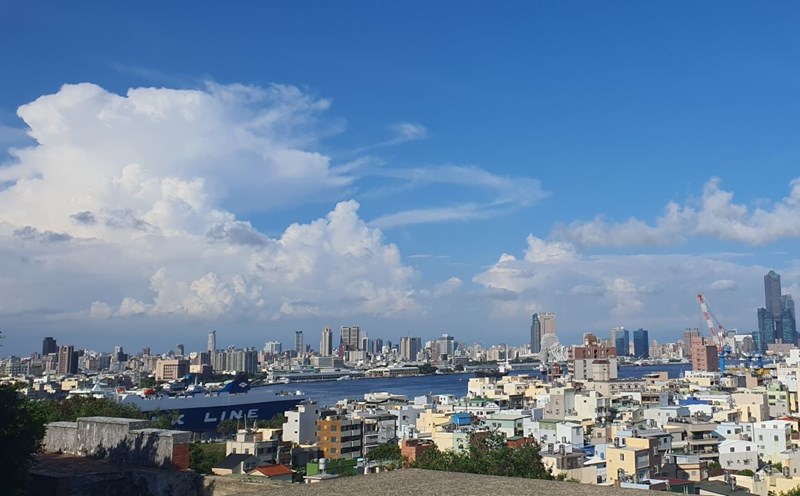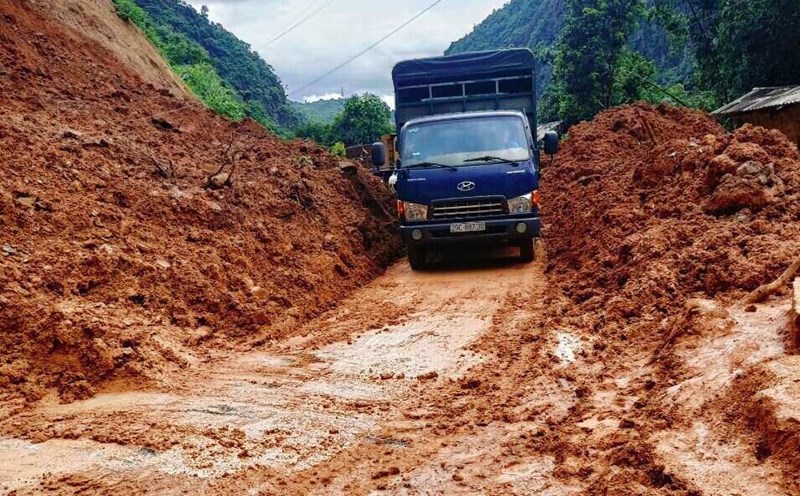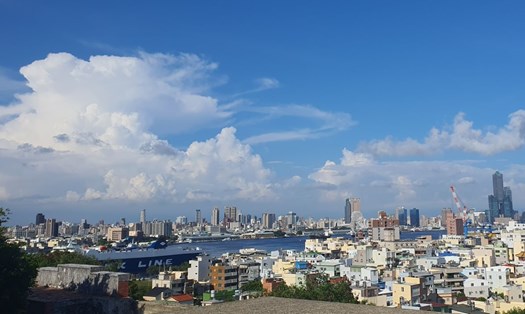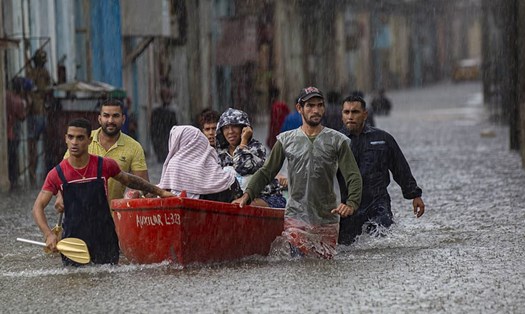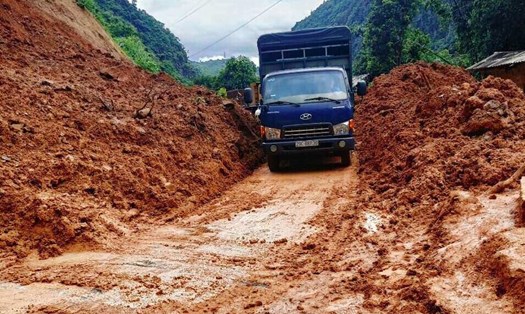The El Nino phenomenon (the abnormal warming of the surface seawater in the central and eastern equatorial Pacific) is gradually transitioning to La Nina (the opposite of El Nino).
La Nina is gradually forming clearly, according to data from the U.S. National Oceanic and Atmospheric Administration. This is a major factor affecting storm activity in the East Sea and the Northwest Pacific.
Signs of La Nina have become evident in recent times. In July, the temperature in the central Pacific dropped by at least 0.2 degrees Celsius compared to the average of previous years, according to the U.S. National Oceanic and Atmospheric Administration.
According to experts, La Nina often increases the number of storms in the East Sea, while limiting the formation of storms in the eastern and central Pacific.
According to predictions from the Northwest Pacific Typhoon website, from now until the end of 2024, the Northwest Pacific region may see about 15-20 named storms, of which 2-4 could develop into super typhoons with winds over 241 km/h.
Notably, the East Sea is forecasted to be heavily affected with about 9-12 storms and tropical depressions, accounting for 50-60% of the total storms in the region.
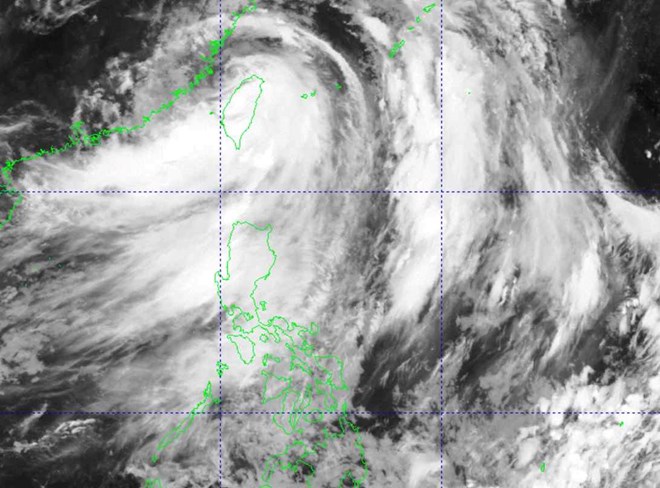
Among them, 4-6 storms have the potential to make direct landfall, causing significant impacts. Special caution is needed for the possibility of super typhoons between September and October.
The Philippine Atmospheric, Geophysical and Astronomical Services Administration (PAGASA) warns that La Nina could cause storms to make landfall faster, reducing preparation time. This requires countries in the region to heighten vigilance and have timely response measures.
Given this information, tourists need to closely monitor weather updates and storm warnings from authorities before planning trips to coastal or island areas in Southeast Asia from August onwards.

Consider choosing appropriate travel times and destinations, avoiding areas at risk of direct storm impact. Prepare contingency plans and follow local government guidelines in case of a storm.
It is advisable to purchase travel insurance that includes natural disaster coverage to ensure financial safety in case the trip is affected by a storm.
If tourists choose to travel abroad, they should save the contact information of the Vietnamese embassy or consulate at the destination to receive timely assistance if needed.
With the complex weather developments in 2024, increasing vigilance and thorough preparation are necessary to ensure safety for all trips during the upcoming storm season.

